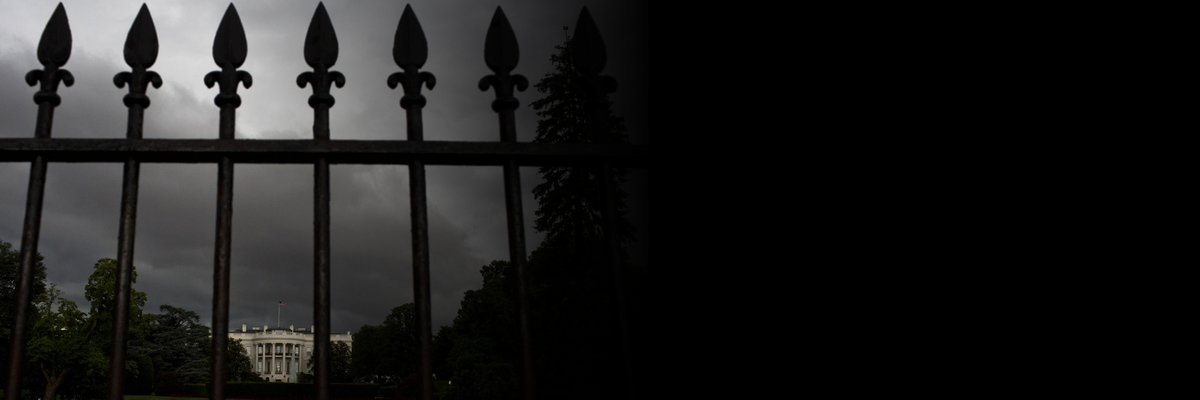A plume of radiation from the 2011 Fukushima Daiichi nuclear disaster in Japan has voyaged through the Pacific Ocean and reached the west coast of North America, scientists confirmed in a new article published in the Proceedings of the National Academy of Sciences journal.
The radiation, which is expected to peak at the end of 2015, will remain well below levels deemed safe for drinking and "does not represent a threat to human health or the environment," say the researchers.
Lead author John N. Smith, research scientist at the Bedford Institute of Oceanography in Dartmouth, Nova Scotia, and several colleagues conducted what they say is the "first systematic study to our knowledge of the transport of the Fukushima marine radioactivity signal to the eastern North Pacific."
The researchers collected data between 2011 and 2013 from 26 sites, looking for radioactive substances Cesium-134 and Cesium-137 from the Fukushima meltdown, which was touched off by Japan's March 2011 earthquake and tsunami and is believed to be the worst nuclear disaster since Chernobyl.
By June 2012, radiation from Fukushima had arrived 1,500 kilometers west of British Columbia, Canada, and by June 2013, had spread to the Canadian continental shelf, say the scientists. By February 2014, radiation levels had increased, and scientists expect them to peak at 3 to 5 Becquerels per cubic meter of water, before declining.
Even at peak levels, however, this radiation is nowhere near Canada's drinking water standard for Cesium-137, which stands at 10,000 Becquerels per cubic meter.
Radiation levels near the wrecked Fukushima plant, however, reached much higher levels immediately following the incident, at 50 million Becquerels per cubic meter, a very dangerous level, according to senior scientist Ken Buesseler of the Woods Hole Oceanographic Institution. Months after the crisis, radiation near Fukushima had fallen to the lower thousands, Buesseler told the Washington Post--a level still considered dangerous for food consumption.


